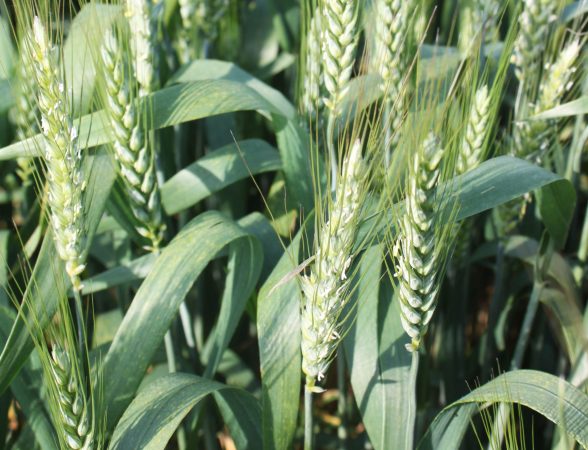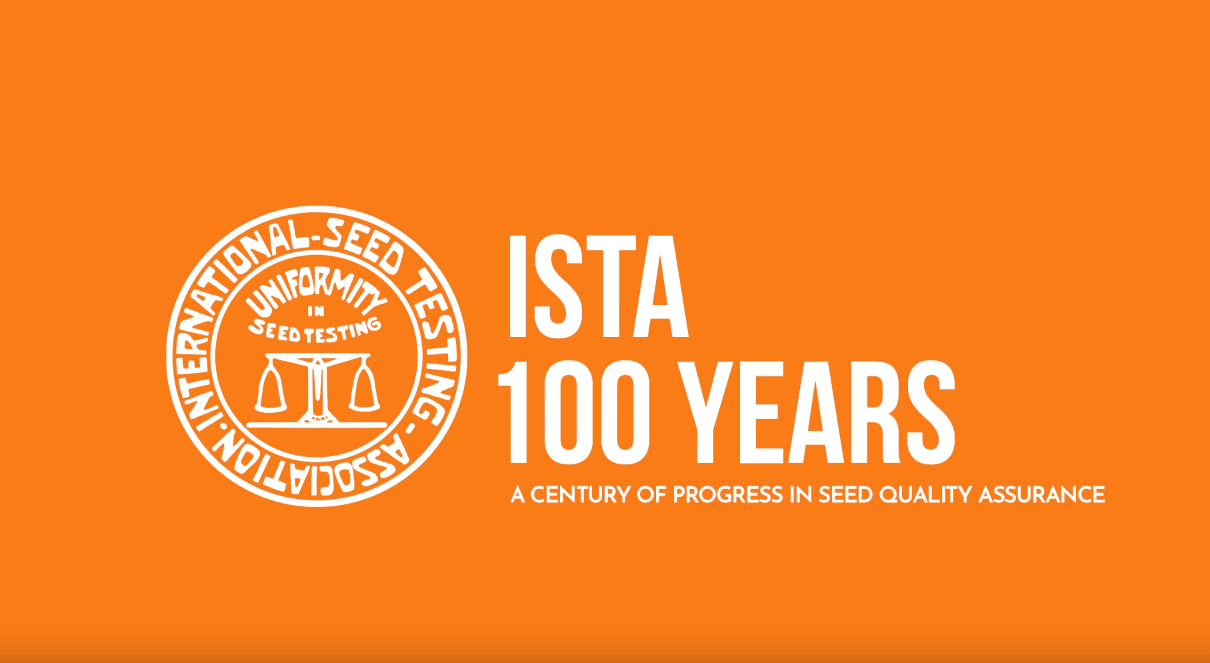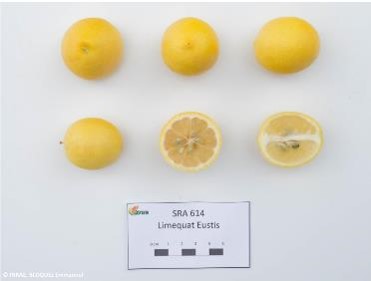
New quality classes for durum wheat to meet sector needs
On 25th July 2019, the cereals section of the CTPS adopted a new national list regulation for durum wheat, applicable as from August 2019 for new applications.
The main change is the simplification of quality classes with a more readable and market-oriented classification aim. The 5 classes in the previous system have been reduced to 3 classes: Elite durum, Quality durum and Standard durum.
The quality grid takes into account the semolina value (TKW, loss of vitreous aspect resistance), colour (black point resistance, yellow, clarity) and cooking quality (protein content and the sodium dodecyl sulfate (SDS) sedimentation test*) of the durum wheat variety. Varieties with a significant defect in one of these characteristics are rejected.
For each quality class, the minimum performance threshold required for listing is different, it is lower for Elite varieties than for Standard ones.
| Quality class | Semolina value | Colour | Cooking | Yield threshold (T+NT)/2 | ||||
| TKW | Loss of vitreous aspect resistance | Black point resistance | Clarity | Yellow | Protein content | SDS | ||
| Elite durum | ≥5.5 | ≥5.5 | ≥7 | ≥6 | ≥8 | ≥6,0 | ≥ Babylone -10% | 100 |
| Quality durum | ≥5.5 | ≥5 | ≥5,5 | ≥5 | ≥6 | ≥5.0 | ≥ Babylone -10% | 102 |
| Standard durum | ≥4 | ≥4 | ≥4 | ≥4 | ≥4 | ≥4 | ≥ Babylone -10% | 105 |
| Refusal | <4 | <4 | <4 | <4 | <4 | <4 | < Babylone -10% |
|
In addition to this new grid, a bonus proposal is set on two key criteria for the sector: Black point resistance and protein content:
| Quality class | Black point resistance | Protein content | ||
| Value to get a bonus | Value of the bonus | Value to get a bonus | Value of the bonus | |
| Elite durum | ≥7.5 | +1% | ≥6.5 | 1% |
| Quality durum | ≥6.5 | +0.5 % | ≥5.5 | +0.5 % |
| Standard durum | ≥5.5 | +0.5 % | ≥5 | +0.5 % |
This new grid is the result of work conducted and a common consensus within the entire sector: breeders, industry, institute and public authorities, from a joint proposal from breeders and industrialists. It meets a real sector need and is one of the positive signs for this crop which is declining in France. These new classes will be used in the communication on new varieties registered as from 2019 registrations.
As part of this update of listing rules, the grid has laso been revised for bonuses/maluses granted to varieties according to their resistance/susceptibility to diseases and lodging. A combinatorial bonus has been introduced for varieties with good performance in brown rust, septoria and yellow rust. This good performance towards the 3 main foliar diseases is interesting for the limitation of phytosanitary treatments.
A variety of durum wheat is proposed for French national listing if the yield obtained in the treated trials and the trials without fungicide protection, expressed as a % of control varieties, is above the yield threshold related to its technological class minus the sum of bonuses and maluses.
*Test that can be completed by tenacity test and gluten index





